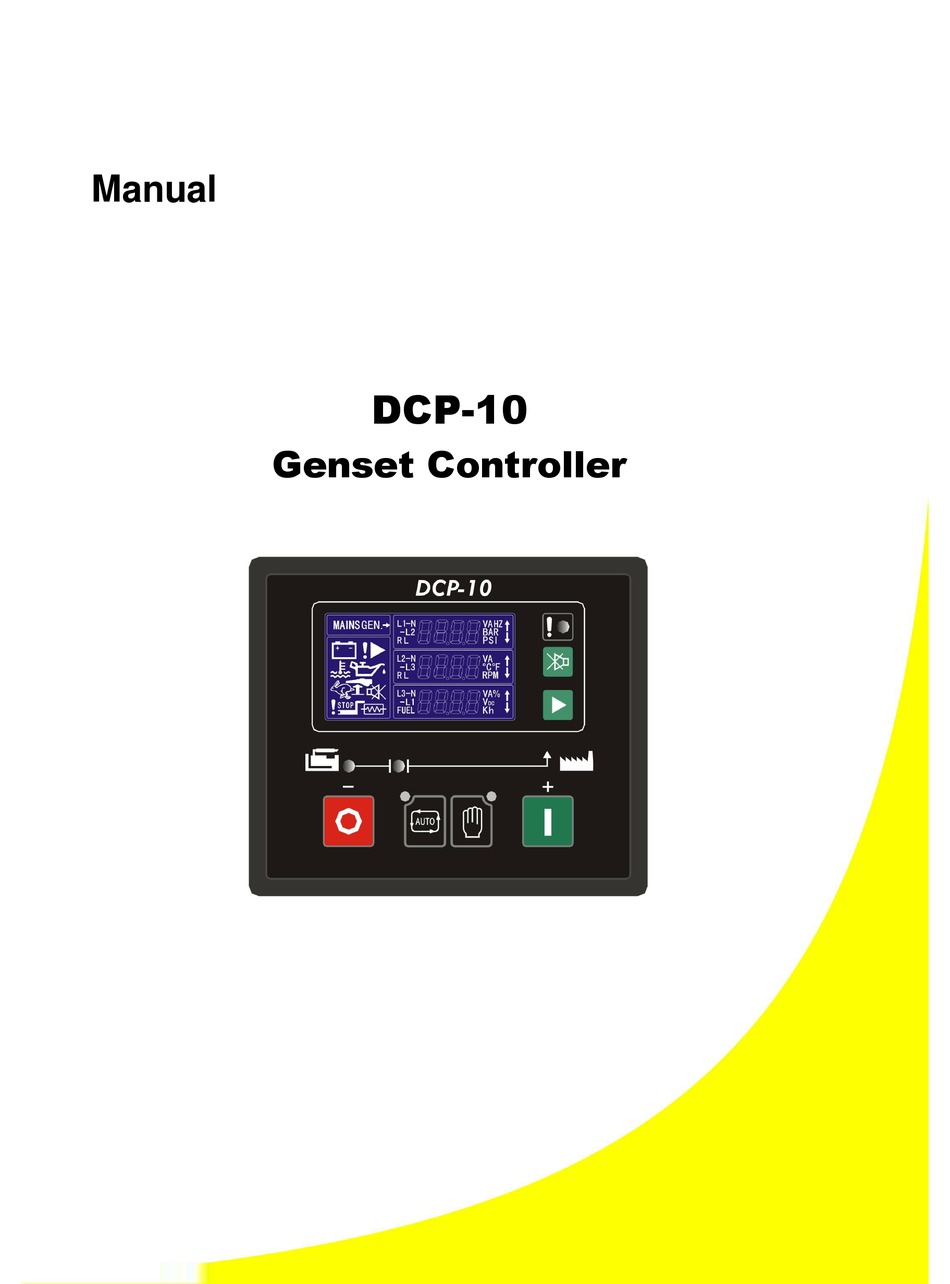

I can however write a 3 axis drilling program before your software fires upĪnd since most things I do are iterations of things I have been doing, I can copy and rename a similar program with all the drill cycles and datum shifts intact and change the numbers, delete extra holes or add additional ones in seconds. Since I have been running exclusively Heidenhain for almost 30 years, I too cannot 'G code' at all G-code is fundamentally just the dimensions of the part you are making, and the tool you are using, so easy to read. I've seen all kinds of coding, automotive LIN and CAN is all hexadecimal, very difficult to read and interpret. I suppose that if you get a good enough, expensive CAD/CAM package you will never need to know G-code. I'm making from a few hundred to a few thousand parts so the time spent tweaking the code is worth it for me. For complicated parts, or rather complicated tool paths, use CAM, send the G-code to the machine, but then I'll spend many hours eliminating stuff that's not needed or is wasting cycle time, sometimes this is a 1/2 day process, I've spent a whole day doing this, and by the end my cycle time might be at 1/3 cycle time of what I started with, mind you I'm doing things like eliminating passes, putting operations into optimum order, using 1 tool for as many operations as possible (I love corner chamfer end mills), etc. If I'm making very simple parts, I'll just hand write G-code, usually just modify an existing program. I'm never given a part somebody else has designed where they considered none of these things. I design my parts by figuring out the fixturing and operations, and I design in order to make the machining and fixturing simple and fast. I've gradually transitioned into being a CNC machinist, picking up G code along the way.
#Ncplot user manual manual
I'm a mechanical engineer, and started machining in college (30 years ago) on manual Gorton and Bridgeport milling machines.

I guess I might have a situation a bit unique, so I'll post here.


 0 kommentar(er)
0 kommentar(er)
